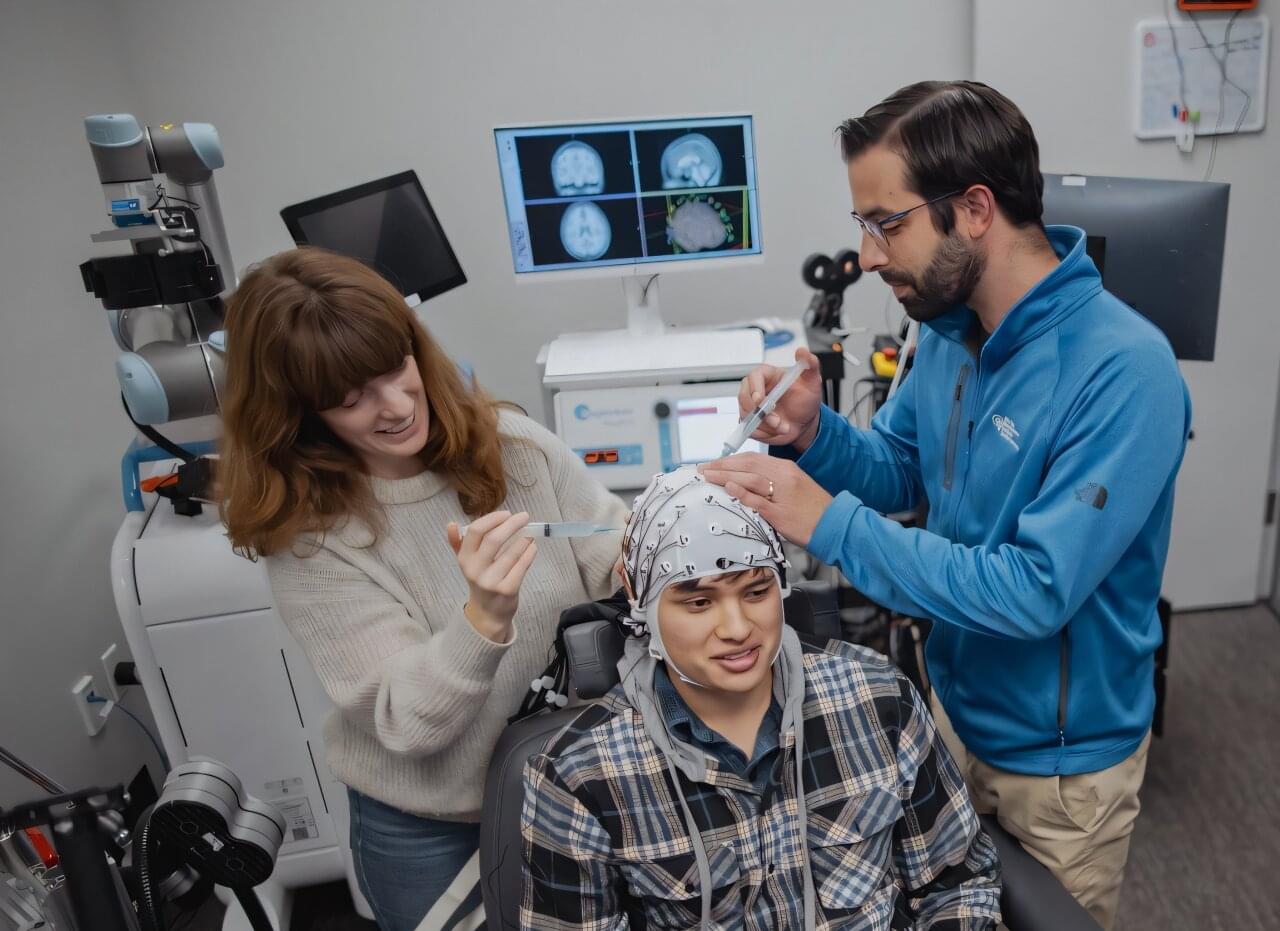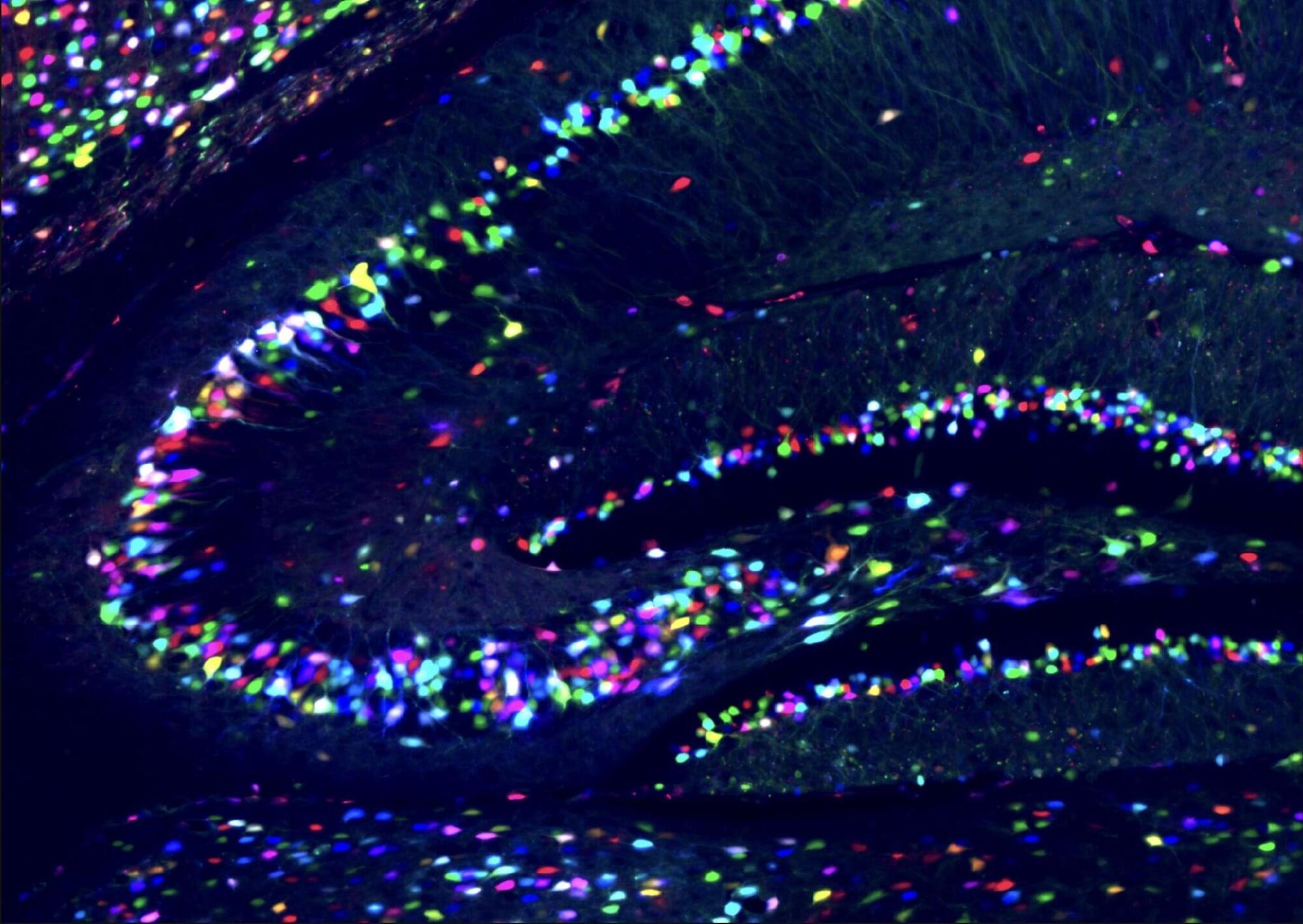Music affects us so deeply that it can essentially take control of our brain waves and get our bodies moving. Now, neuroscientists at Stanford’s Wu Tsai Neurosciences Institute are taking advantage of music’s power to synchronize brain waves to boost the effectiveness of a technique called transcranial magnetic stimulation (TMS), a promising tool for both basic brain research and treating neuropsychiatric disorders.
Specifically, institute affiliate Jessica Ross and colleagues used TMS pulses to induce movements in people’s hands—a common testing ground for new ideas in the field. By carefully timing those pulses to music, the team found they could double the impact of TMS.
“Because there’s this really strong connection to movement, music can engage motor pathways in the brain. If you’re listening to a certain kind of rhythm, there are going to be very specific times at which your brain is most ready for the TMS effect,” said Ross, an instructor in the Department of Psychiatry and Behavioral Sciences at Stanford Medicine.









